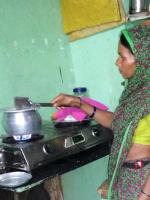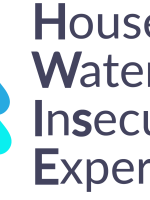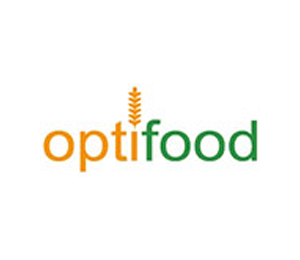Improving dietary quality in low and middle income countries (LMIC) is a development challenge. It requires changes across food and agriculture systems to improve access to an adequate and sustainable supply of affordable nutritious foods, especially for women and young children. Yet user-friendly tools that can rapidly generate evidence to guide agriculture-nutrition programme planning and policy decisions are limited, despite a recognised need. This project, therefore, aims to develop, validate and disseminate a rapid assessment tool based on linear programming (LP) analyses – Agrifood - that will generate metrics that can be used to rapidly evaluate or monitor the nutritional adequacy of local food supplies and help select interventions, for an agriculture project, to improve nutrition outcomes.
This project comes in response to a voiced demand from the agriculture-nutrition community to develop a tool similar to one we developed for the nutrition-health community (i.e., Optifood). It will be tailored to meet the agriculture-nutrition communities needs; including a rapid method to source data inputs and define LP model parameters, adding household as a unit of analyses, creating user-friendly outputs that can be easily translated into agriculture-nutrition policy and programmatic action; incorporating model parameters that take into account factors such as resource availability/agricultural input costs, including labour costs for women, or allow outputs that identify a cost-effective balance between home produced and purchased food items to improve dietary quality.
This project will leverage expertise from multiple disciplines (nutrition, agriculture, economics) as well as from the academic and programmatic sectors. It will involve stakeholders from countries in Africa, Asia and Latin America to develop a tool that is tailored to meet global needs. It will also include a capacity strengthening component to refine the tool, create demand and strengthen the tool’s international dissemination.
The study will be conducted in four phases which are (1) focus groups will be held with key stakeholders to identify desirable outputs from the tool that would inform key programmatic and policy decisions in the agriculture-nutrition sector; (2) validate the use of existing Household Consumption and Expenditure Survey (HCES) data to define the tool’s LP model parameters using secondary dietary data sourced from at least six LMICs in Africa, Asia and Latin America; (3) development of the software tool – Agrifood – with an interface and outputs tailored for key agriculture-nutrition stakeholders; and (4) refine and disseminate the tool through capacity building workshops with end-users who are actively involved in nutrition sensitive agriculture in Africa, Asia and Latin America. This process of tool development and refinement was successfully used in the development of our well-regarded tool - Optifood. It is interactive and iterative and will help ensure the tool is usable, relevant and generates useful metrics for a multi-disciplinary/ multi-sectoral audience of agriculturalists, economists, nutritionists, programme planners and policy makers working to support advocacy efforts and guide decisions that will help ensure agriculture improves nutrition outcomes.
Resources
Publications:
A food‐based approach could improve dietary adequacy for 12–23‐month‐old Eastern Ugandan children (2021)
Household-level consumption data can be redistributed for individual-level Optifood diet modeling: analysis from four countries (2021)
Briefing note:
Agri-food policy brief
Website:
LSHTM-Agrifood Systems









